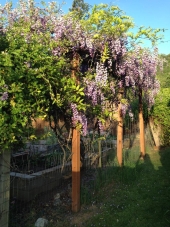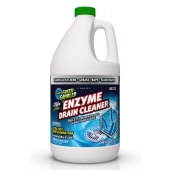I had two different varieties of bamboo that "went to seed" and eventually died.. It is a sad but an interesting phenomenon to experience and there is nothing much that we can do about it. I have been growing bamboo for the last thirty years and have learned a lot,.. mostly the hard way. I have experimented with roughly twenty different varieties and have found that it is hard to find ones that do well in my location. Quite possibly the biggest problem is that local "critters " (mostly squirrels, but also deer, cows, rabbits, etc.) soon find that the spring-time shoots are delectable and will eat every last one of them. This has the effect of limiting the spread of the bamboo and eventually killing it as it stops reproducing... "Running bamboo" is more vulnerable to being eaten because it shoots earlier in the year when there is little else for animals to eat. The "clumpers" shoot later in the summer when there apparently is other stuff that the critters can eat... (There might be a point of "critical mass" wherein a stand of bamboo is large enough to make more shoots than the animals can eat... In my experience none of my bamboo has reached that point and I still have to protect their shoots in the spring. I have tried various methods to protect them (cages, repellents, firearms etc.).. but they have been mostly ineffective or too difficult to implement. What I finally settled on was to paint a slurry of animal manure (cat, horse or whatever) on the shoots for a week or two after they arrive in the spring... I mix up the mixture with water to a mayonnaise consistency in a five-gallon bucket. I wheel this around in a golf-bag-caddy device and I mop on the mixture on the shoots periodically until they reach a three foot height.
People seem to either love or hate bamboo. There are a couple of reasons that I like it. The main one is its aesthetic appeal.
Personally I love the look and feeling of a beautiful and peaceful bamboo grove. Another thing I like about it is its ability to provide shade. As I have grown older and wiser (or at least more experienced) I am more and more aware of the danger of those beautiful old trees that provide much needed shade around my house. I recently had to cut down a giant dead oak tree about 30 feet from my house and it was not only dangerous but extremely difficult to deal with.. On the other side of my house if a large clump of 50 foot high "textilis" bamboo... I love the shade it provides.., the sound it makes rattling in the breeze and the fact that I don't have to worry about it falling on the house in this hurricane prone area..








